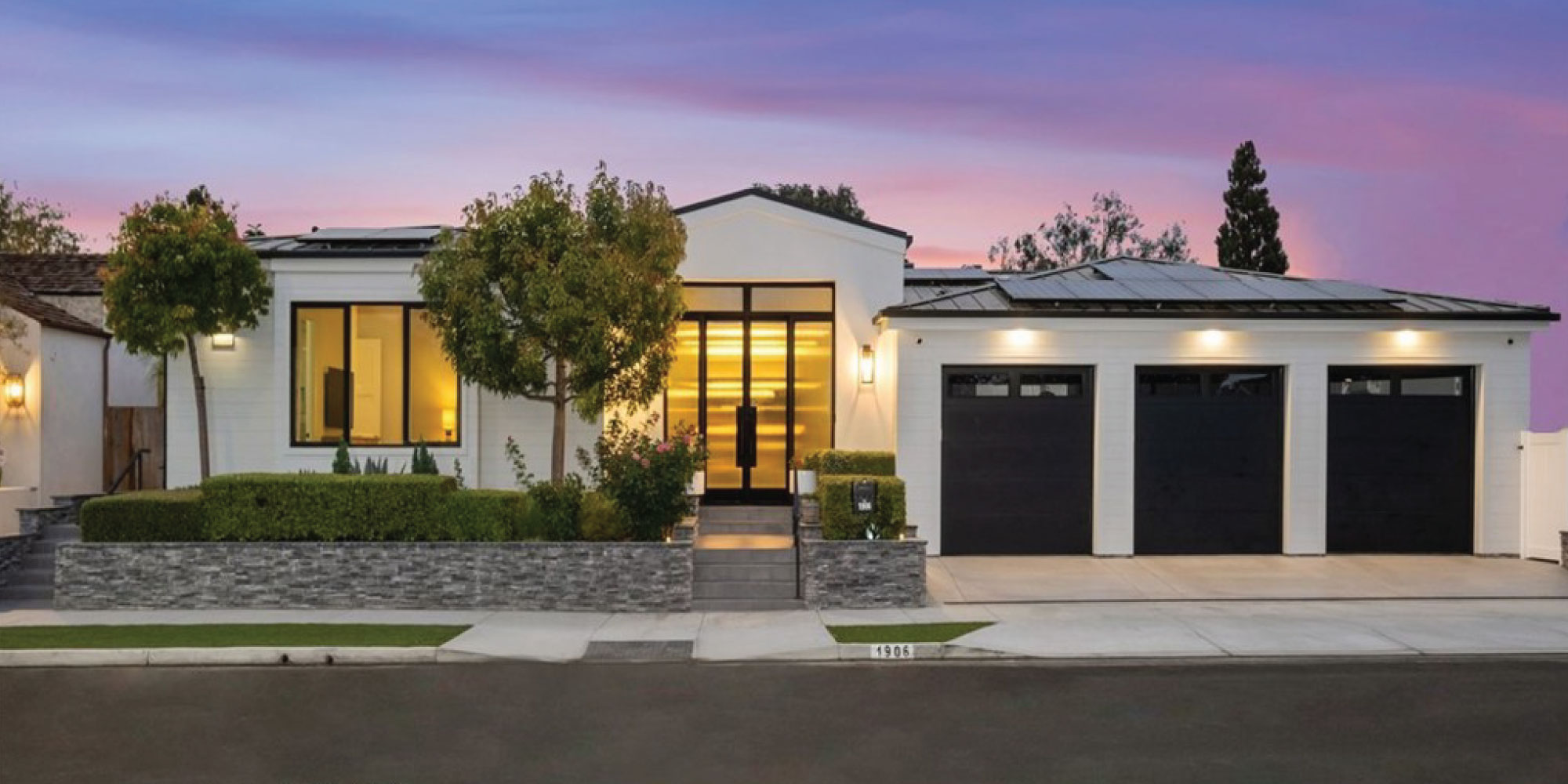Updated 11 months ago
What The Hit Show ‘Selling Sunset’ Doesn’t Tell You About Owning Those Luxury Mansions
Written by
Catherine Lane

The Netflix series Selling Sunset has been a big success since its debut in 2019. Known for bringing viewers cast drama, fashion, lavish lifestyles, and high-end real estate — it’s no surprise that it has spawned multiple spin-offs in additional markets.
While the spectacle of Selling Sunset is irresistible, there are a few things they don’t tell you about the reality of these luxury homes.
1. The average Oppenheim Group listing has an estimated monthly electric bill almost 10 times higher than the average U.S. home

Image source: The Oppenheim Group
The homes featured on Selling Sunset and sold through the Oppenheim Group brokerage come with a hefty price tag but often boast expansive living spaces, with many spanning over 11,000 square feet.
The average U.S. home is around 2,014 square feet, making these luxury homes over five times larger. Bigger houses mean bigger electric bills, especially in California, which has some of the highest average electric rates in the country.
We estimate that the average electric bill for the most recently sold O Group listings is about $1,483 per month. That’s nearly 10 times higher than the average American’s electric bill of $154.
2. Solar panels on one of these homes could power over 8 average California homes

Image source: House & Garden
Let’s look at one of the most infamous homes on Selling Sunset — Davina Potratz’s $75 million listing from Season 2. Davina took the sprawling 15,605-square-foot listing against the advice of Jason Oppenheim, one of the owners of the Oppenheim brokerage.
The listing price alone is unfathomable, and the $1,540 estimated electric bill is enough to make us blush. You could lower these monthly electric costs with solar panels and energy storage.
When you dig deeper, you’ll find that to cover the electric bill at 1021 North Beverly Drive, you would need to install over 32 kilowatts (kW) of solar — that’s enough solar panels to power eight average California homes.
3. Monthly mortgage payments would more than double the average American’s salary

Image source: The Oppenheim Group
We all watch shows like Selling Sunset to escape our daily lives and glimpse how the other half lives. But sometimes, we don’t even realize just how different their realities are from our own.
When you crunch the numbers, the Oppenheim Group’s most recent listings would have monthly mortgage payments of almost $140,000 on average, according to data from Zillow, assuming a fixed 30-year mortgage at current interest rates. You read that right — a mortgage payment for these homes is worth more than double the average American’s salary of $59,436.
What’s even more astonishing is that when you watch the show, you’ll notice lots of buyers come in with all-cash offers. So, sure, they wouldn’t have mortgage payments but they could be handing over 350 times your salary at once.
4. Amenities and special features can increase your monthly ongoing expenses

Image source: The Oppenheim Group
Homes like the ones on Selling Sunset are expensive for a reason — they come with all of the bells and whistles. While an infinity pool or a movie theater are nice, they don’t just increase the upfront cost of the house but the long-term costs of ownership as well.
That said, many luxury homes are either new builds or renovated, so they’re likely more energy-efficient than older homes. According to the U.S. Energy Information Administration, newly built homes tend to be larger but use just about the same amount of energy.
Of course, a home with two kitchens and eight bathrooms built today will still use more energy than a 1,200-square-foot home built in 1990, leading to higher ongoing monthly expenses. When you apply for a mortgage loan, you are given a range of what amount you can afford. This number won’t consider ongoing expenses like HOAs or exorbitant utility bills from a second kitchen or eight bathrooms.
5. Solar panels cost less than 1% of the listing price of many of these homes

Image source: The Oppenheim Group
Adding solar panels to these luxury homes would cost less than 1% of the listing price and would be worthwhile. A survey completed by the National Association of Realtors found that 44% of home buyers consider utility and ongoing costs important when shopping for a house. In fact, solar panels can increase the value of California homes by 5.4%.
Based on the most recent O Group listings, you would need an average of 32.2 kilowatts of solar for one of these mansions, nearly five times larger than the solar system needed by average Americans. One of these supersized systems would cost around $96,000, equaling just 0.49% of the typical price of recent listings. A solar system at that price would also provide tax benefits, earning a federal solar tax credit of close to $30,000.
It’s important to note that Californians get the most bang for their buck when they pair solar panels with energy storage systems, and if we’re being honest, they’re the most luxurious way to go solar. Solar batteries can power appliances when the grid goes out, an important factor that even the most high-end buyers might consider as wildfires and power outages become more frequent in the state.
Living large comes with large bills
Look, we’re the target audience for Selling Sunset, not the target demographic for the Oppenheim Group’s listings. But it’s easy to look at the homes on the show and forget that those mansions continue to cost money after the ink dries on the deed.
With electric rates on the rise, these types of homes are becoming even more expensive to maintain. We’ve seen plenty of houses featured on Selling Sunset with solar panels as part of the deal. Keep your eyes peeled this season, and you’re bound to see that the Selling Sunset agents are no strangers to selling solar.
Catherine has been researching and reporting on the solar industry for five years and is the Written Content Manager at SolarReviews. She leads a dynamic team in producing informative and engaging content on residential solar to help homeowners make informed decisions about investing in solar panels. Catherine’s expertise has garnered attention from leading industry publications, with her work being featured in Solar Today Magazine and Solar ...
Learn more about Catherine Lane